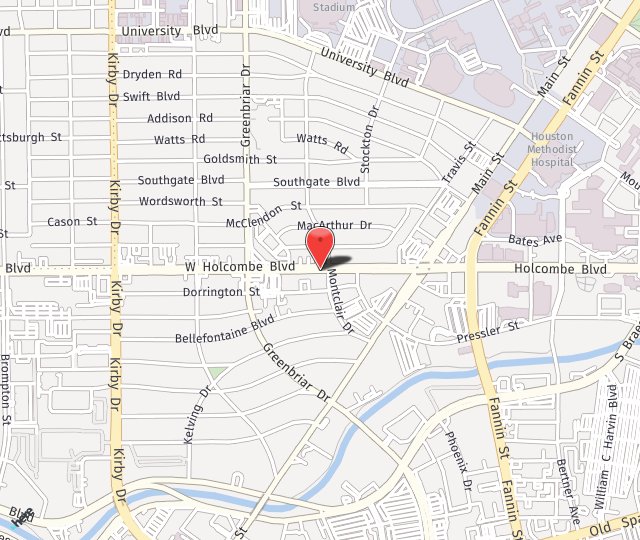Physiologic or Neuromuscular TMJ treatment differs from traditional TMJ treatment in several significant ways. Popping of the jaw joint or jaw pain is often indicative of a more complex problem than just the noise. Traditional TMJ focuses on purely on the teeth and immediate jaw area as opposed to looking at the “whole” system which includes the muscles, joints, nerves of more than just the head. It should include the neck, shoulders, and in many cases the lower extremities.
This is not to say that traditional TMJ treatment is not helpful as it can help some patients, however, these are often temporary relief or partial help. Whereas, the physiologic approach, by helping to the “whole body” by focusing on the system that connects these joints and nerves to the surrounding body. This allows for helping with migraines, cervical pain, ear pain, shoulder pain, and facial pain that is very often associated with TMJ issues.
Those neuromuscular TMJ dentists that are up to date utilize computerized technology to help evaluate and diagnose these problems. Additionally, 3D scans allow for analyzing the neck, jaw, and full cranial alignment as well as the neck alignment and C1 alignment.
A simple example of this is knowing that a misaligned jaw can cause rotation of C1 in the neck. This can cause headaches as well as lower neck and shoulder problems. In short, astute TMJ dentists will have an excellent knowledge of more than just the teeth and jaw joint.
If you have any questions about Houston TMJ or Houston TMJ Dentist, please feel free to contact our office, Ronald W. Konig DDS, FAGD,LVIF 713-668-2289.


